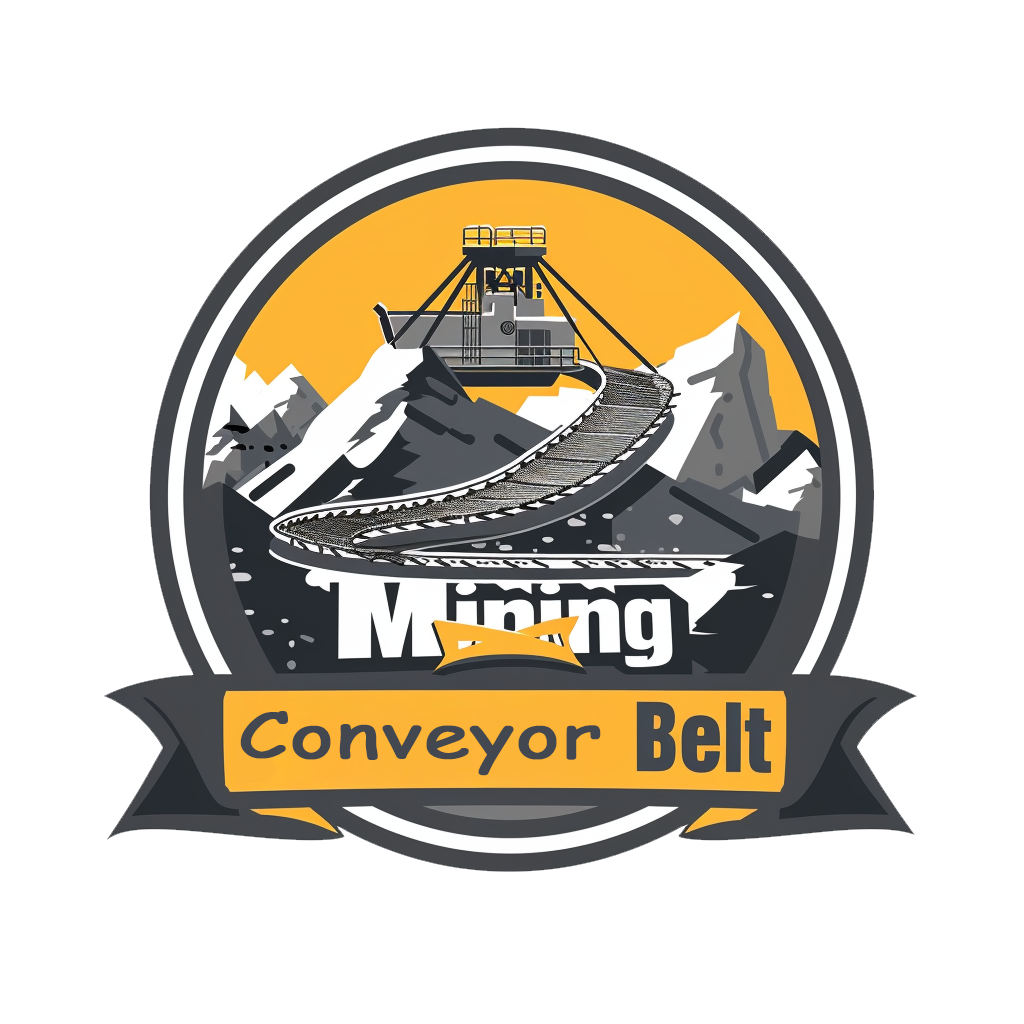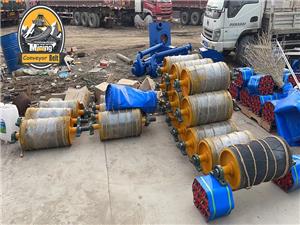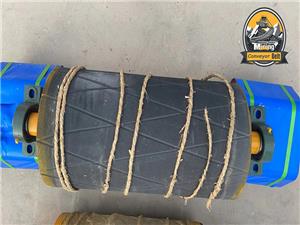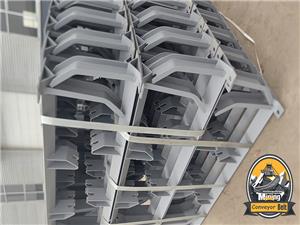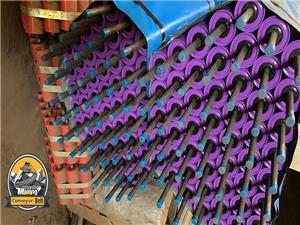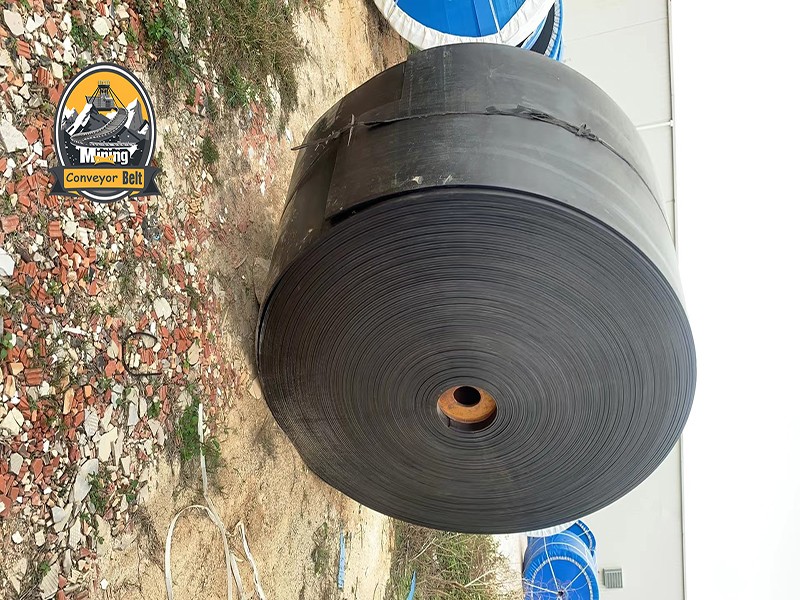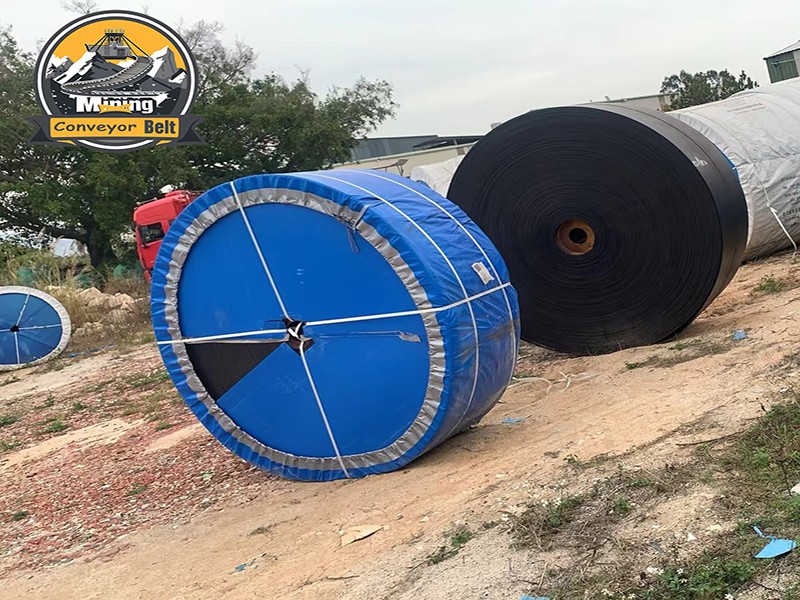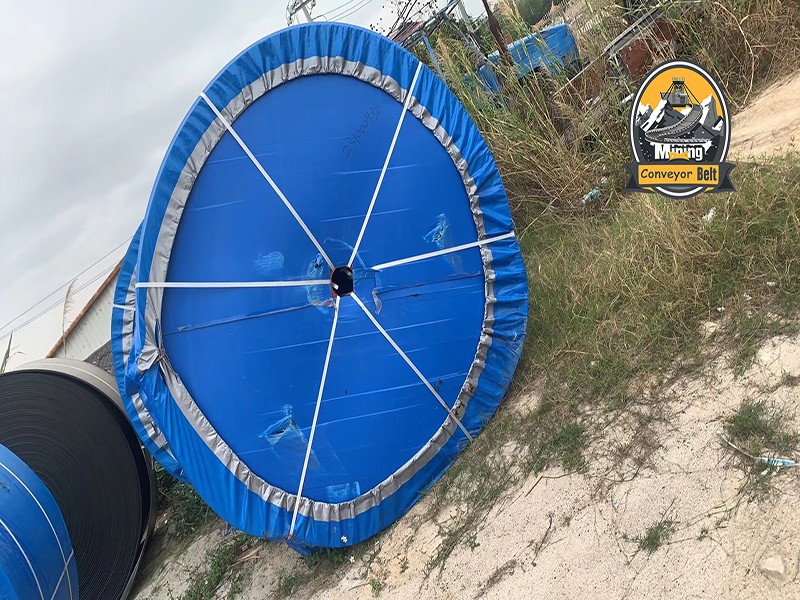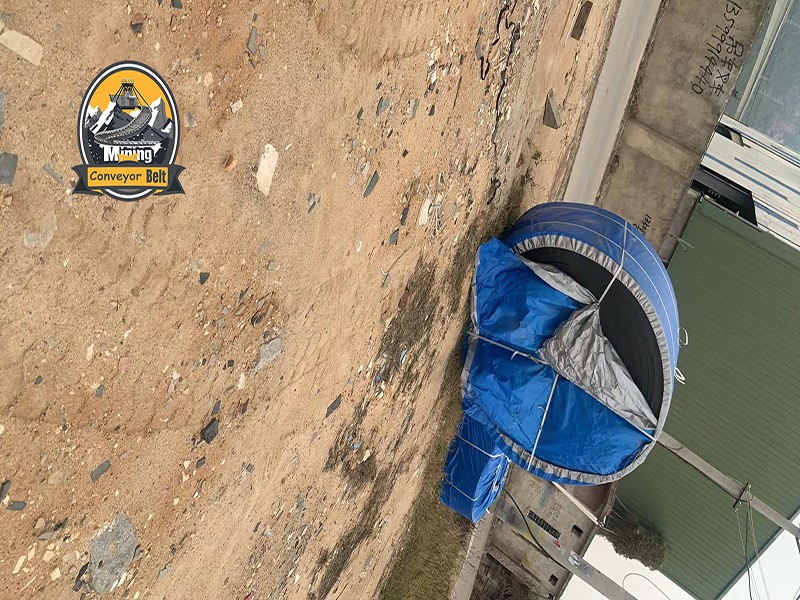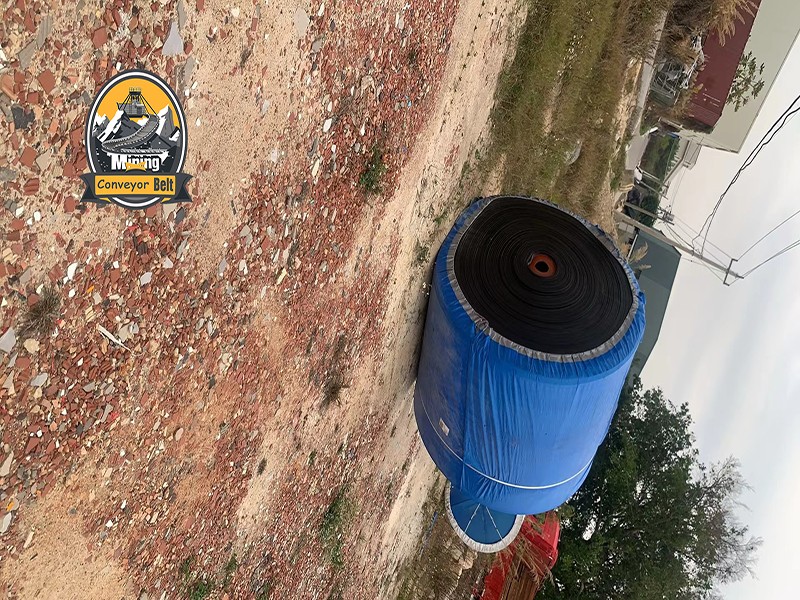
Oil-Resistant Conveyor Belts anti slip conveyor belts manufacture
Brand Xiamen Mining
Product origin Xiamen
Let's be honest, if you're in an industry where oil and conveyor belts mix, you know the headache that a standard belt can cause. I've seen firsthand how quickly oil can turn a regular belt into a swollen, useless mess. That's why, if you're dealing with anything from corn and rapeseed in a food processing plant to greasy scrap in a recycling center, you need to be thinking about Oil-Resistant Conveyor Belts. These aren't your average belts; they're built to take on the challenge of oily environments and keep your operation running smoothly.
What Makes These Belts Oil-Resistant?
It all comes down to the materials. The key is the nitrile rubber (NBR) used in the cover. This stuff is like a shield against oil. Unlike standard rubber that soaks up oil like a sponge, nitrile rubber, especially the high acrylonitrile content kind, resists oil penetration. This means:
Less Swelling: We're talking about a significantly lower volume change rate compared to regular rubber. This is crucial because swelling throws off the belt's dimensions and leads to premature failure.
Strength That Lasts: These belts are designed for high strength retention. Even after being exposed to oil, they maintain their tensile strength, which is vital for keeping things moving.
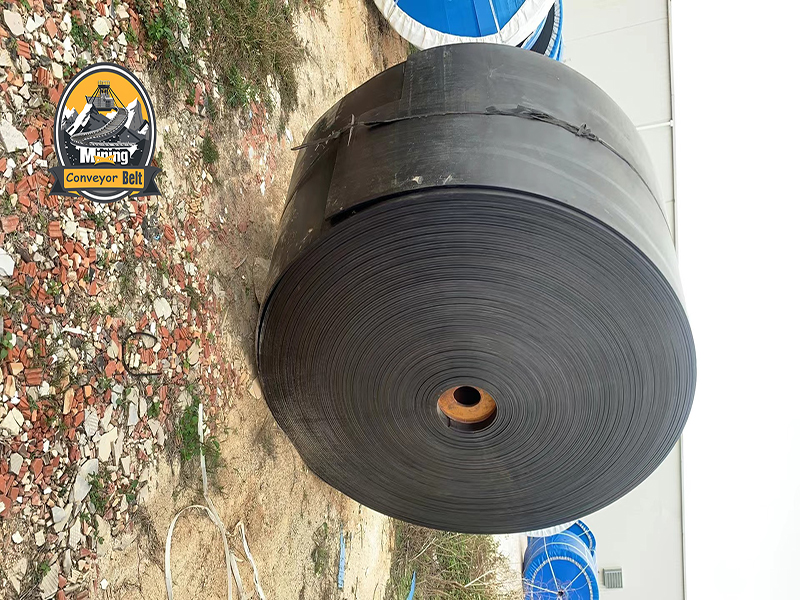
Real-World Questions from Someone Who's Been There:
Okay, so they're oil-resistant, but what does that mean in practice? Here are some questions I'd ask, along with the kind of answers I'd be looking for as a buyer:
Q: My operation deals with a lot of vegetable oil from corn. What strength rating should I be looking for in the belt core?
A: You'll want a strong core, likely polyester or nylon canvas. Nylon, for example, can provide up to 700 N/mm per layer in tensile strength. The specific strength rating (like NN200, NN300, etc.) will depend on your load and conveyor design. The specific choice between polyester and nylon depends on factors like the need for stretch resistance.
Q: We use a special type of hydraulic oil in our machinery. Will these belts hold up?
A: That depends on the oil's composition. Generally, these belts are good with a wide range of mineral and vegetable oils, and many industrial lubricants. For instance, for a 10% concentration of sulfuric acid, which has a pH of 0, these belts can typically withstand it, but for higher concentrations, a specialized fluororubber belt might be needed, which can handle up to 98% concentrated sulfuric acid. It is also important to consider the acrylonitrile content of the rubber. It's crucial to check compatibility. You'll want to know the acrylonitrile content of the nitrile rubber in the belt. Higher acrylonitrile content generally means better oil resistance.
Q: What about the thickness of the cover? Does it really matter?
A: Absolutely! The cover is your first line of defense. A thicker cover provides more protection. We're talking 1.5mm to 8.0mm on the working surface, and 1.5mm to 4.5mm on the non-working side. For heavy oil exposure, you'll want to be on the higher end of that range.
Q: How do I know I'm getting the right level of oil resistance? What are these MOR and MR ratings I see?
A: MOR stands for Moderately Oil Resistant, which is a good middle ground for many applications. MR likely stands for Mildly Resistant, suitable for less demanding situations. You might also see variations like MOR-1 or MOR-A, which could have specific enhancements. Always check the manufacturer's specifications for the exact oil resistance properties.
Q: What's the deal with these belts' widths? I see a broad range.
A: You've got options, typically from 100mm all the way up to 3000mm. The right width depends on your conveyor system and the volume of material you're moving. You also need to consider the number of plies (fabric layers), which can range from 1 to 10, impacting the belt's strength and flexibility.
Q: What is the maximum speed these belts can run at?
A: The speed of these belts should generally not exceed 2.5 m/s.
Q: What are the technical indicators of these belts?
A: The wear is ≤ 1.20 cm³, tensile strength is ≥ 12.0 MPa, and elongation at break is ≤ 400%.
The Bottom LineOil-resistant conveyor belts are essential in many industries. Using a belt that can handle oily materials will save you money in the long run by preventing premature belt failure and costly downtime. It is a smart investment that will improve the efficiency and safety of your operations. Make sure you're getting the right belt for your specific needs by considering the oil type, concentration, temperature, and the belt's construction. Don't skimp on quality when it comes to oil resistance – it's a decision you won't regret.
